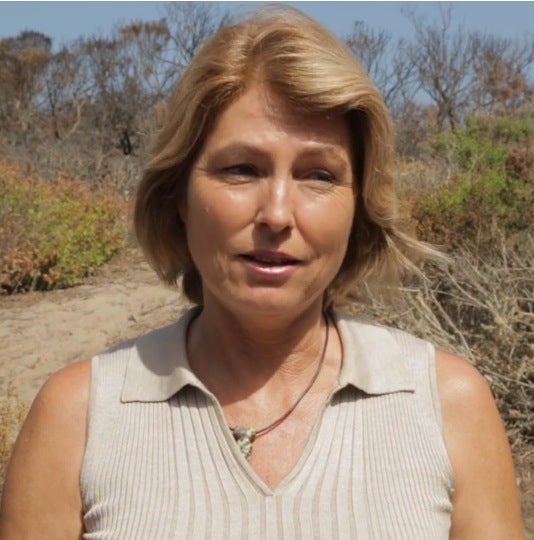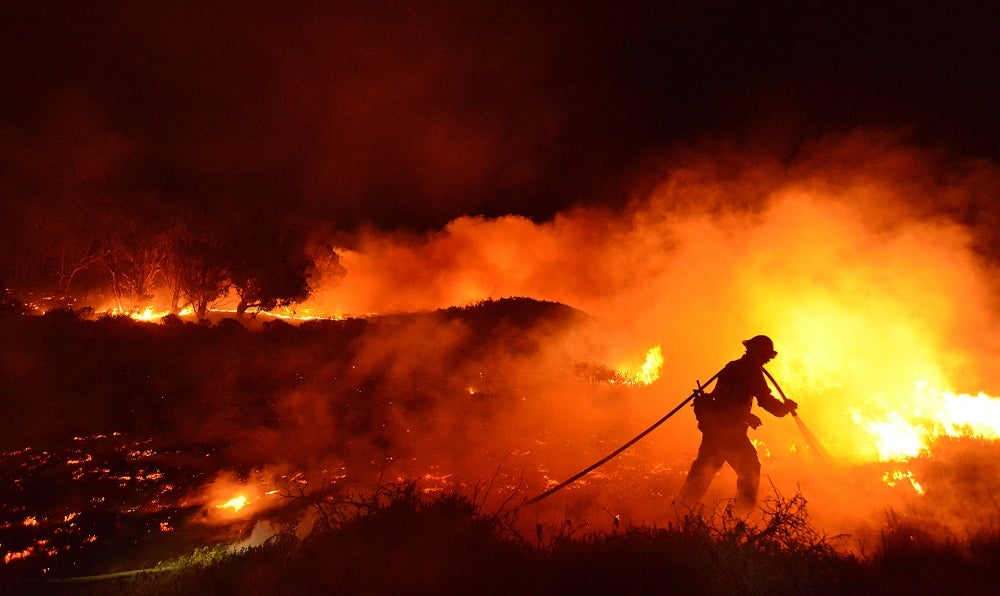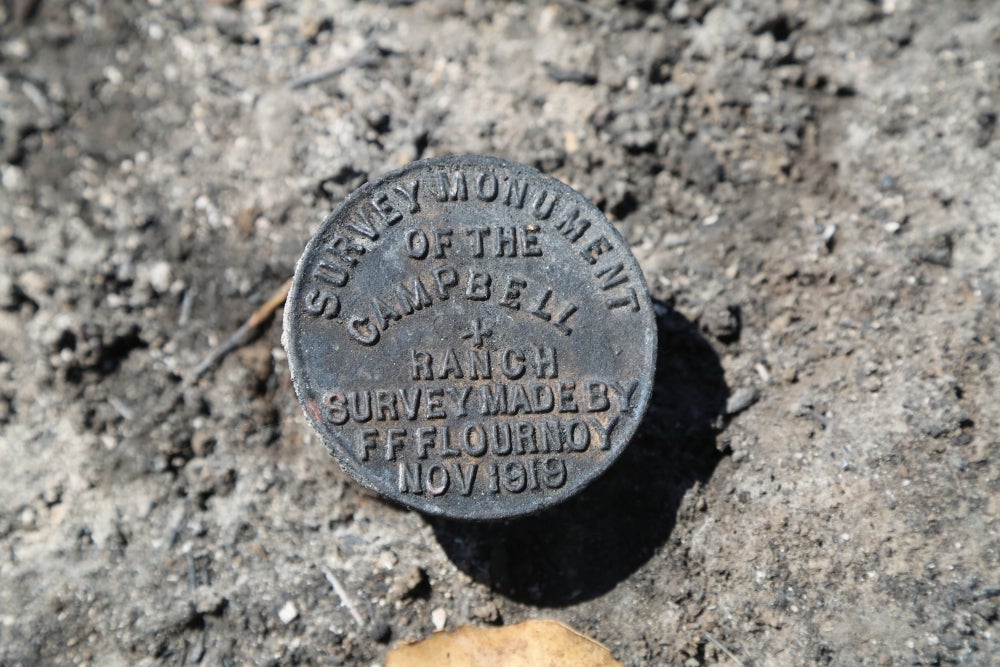A Lesson in Nature's Restoration



Cristina Sandoval picks her way through the blackened remains of brush and scrub at UC Santa Barbara’s Coal Oil Point Reserve, where a fire recently consumed an estimated 20 or so acres. It began near midnight on June 26, and within an hour or so — driven by 25 mph winds blowing west to east — it had traveled along the boundary of dense brush and the sand dunes on the reserve’s southern side, devouring the drought-ridden plants and eucalyptus trees as well as some fencing and even some equipment installed to monitor the area. It left in its wake a layer of ash, branches and stumps.
In her 20 years as the reserve’s director, Sandoval has witnessed her fair share of intense events at Coal Oil Point. Floods and storms batter the coastal reserve regularly, the effects of El Niño weather patterns. Huge waves occasionally rush from the seaward side through the dunes and into the brushy areas, flooding the pond and drowning plants in seawater. In her time, Sandoval has worried about trespassers wandering into the ecological research areas, tried to keep dogs and other disturbances away from the endangered snowy plovers that live on the beach and gotten her hands dirty with restoration projects to keep the invasive plant species at bay. But rarely, if ever, has she dealt with fire.
To call the fire a calamity, or a disaster, however, would be wrong, according to Sandoval. Even when UCSB Chancellor Henry T. Yang and his wife, Dilling, came to the reserve shortly after midnight, Sandoval assured them that in actuality it wasn’t so bad.
The fire did indeed cause a lot of damage, perhaps more than it would have if California were not experiencing the worst drought in state history. And recent history has demonstrated that wildfires are something to be especially feared. But the fire at Coal Oil Point Reserve also has opened up a new, perhaps once-in-a-lifetime opportunity for research and restoration.
For example, the newly open landscape, which in reality is only a small portion of the entire reserve, has allowed a glimpse into the secret lives of its animal residents
“We have two bobcats here,” said Sandoval, picking up some scat from an area now known to be a bobcat litterbox. Pawprints on the powdery earth indicate the comings and goings of small mammals. Encouraged by better visibility, red-tail hawks swoop lower in their hunts. Nesting season ended early because of the drought, said Sandoval, so raptors that used the trees had already moved on by the time of the fire. And the plovers out on the beach? They were never in much danger anyway, she said, as the fire couldn’t reach them.
Reducing the brush to ashes also yielded some other surprises, including a scattering of shells in one particular area. These might not have arrived there naturally, and that in turn suggests the possibility of an archaeological find. Sandoval is enlisting the help of Chumash expert Lynn Gamble, a professor of anthropology at UCSB, to make an assessment. If not evidence of Chumash settlement, it might be the previously unnoticed habitat of some animal. In another area, the new visibility reveals a near 100-year-old monument dating to the early 20th century, when wealthy Englishman Colin P. Campbell owned what is now much of UCSB property.
Perhaps the greatest benefactors of the fire will be the very research and restoration projects they burned.
“Fire is a renewal. It cleans up the dead brush and thatch, and I’m very excited for our grassland,” said Sandoval. It’s not clear yet which projects will be a total loss, but for some, the fire was an unexpected yet welcome event. Given that fire is a natural part of many of Southern California’s ecosystems, the blaze will likely give some ecological research projects a dimension they could not have gotten otherwise.
“I have talked to a few researchers, and so far they have been excited because it’s an opportunity for them to see the effect of fire,” said Sandoval. “We can rarely get permission to create an event like this.”
Fire is an effective method of destroying the seeds of invasive species, said Sandoval. California natives have adapted to fire and even come to rely on it to disperse their seeds. Perhaps even rare natives will emerge, nourished by the inches of ash that will soak into the sandy earth at the first rain.
At the pond, where the fire burned the rushes down to the dry bed, there is already evidence of Coal Oil Point’s ability to restore itself. Only a week after the blaze moved through the area, the dry reeds, probably with the help of deep roots, are showing a couple of inches of new growth.
There’s still a lot of work to be done, said Sandoval, and she and her colleagues are determining their plan of action. Their first priority is to map the perimeter of the fire. With the drought continuing, the landscape might look like it does for a while yet, but that will change when spring rolls around and the growing season begins.
“Most of the fun is going to happen in the spring, when the first rain comes,” said Sandoval. “Most of what we’re going to be looking at is what recovers, what sprouts back and what doesn’t.”
Coal Oil Point Reserve needs many extra pairs of hands to do its restoration work. For more information and to volunteer, contact COPR director Cristina Sandoval at (805) 893-5092 or cristina.sandoval@lifesci.ucsb.edu.



